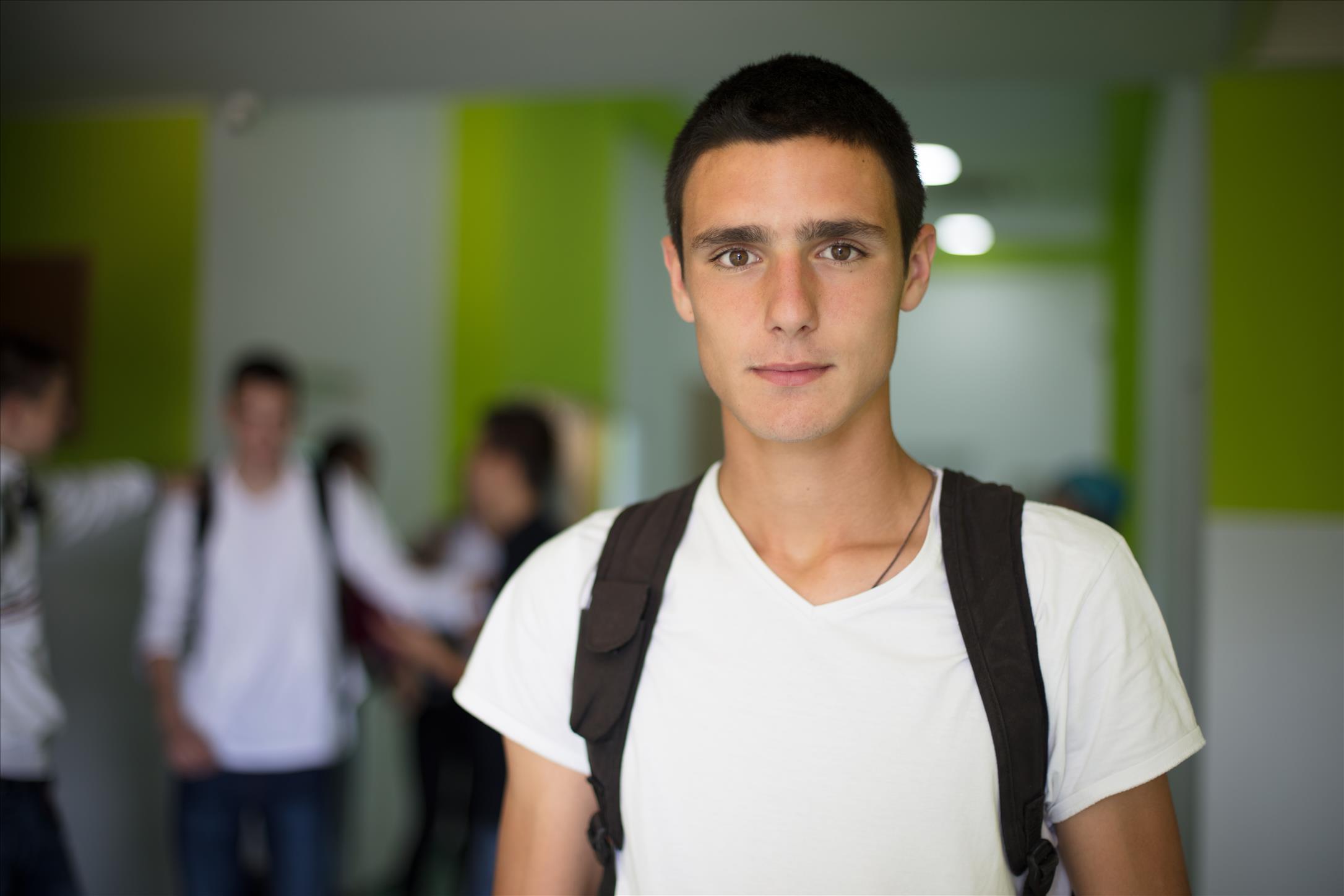
'There's A Lot Of Places Where You Can't Be Seen': How Bullying Can Be Invisible To Adults
Content warning: this article contains explicit language.
School bullying is a huge and distressing problem. In 2015, 43% of australian year 8 students experienced bullying each month. A 2022 mission australia survey of Australians between 15 and 19 found 47% were“extremely” or“somewhat” concerned about bullying.
The picture is similar overseas. In 2020, the World Health Organization reported one in three students around the world aged 11-15 years suffered bullying in the preceding month.
Despite all the research about bullying , it is rare to hear directly from young people about what bullying looks like in their everyday lives. A lot of school bullying research also relies on large-scale but shallow survey techniques .
In a new research project , I spoke to 11 young people in South Australia. Over multiple interviews and focus groups, I listened to their school bullying experiences. My approach gave young people time to think about and reflect on their experiences and provide deep insights .
My researchI asked two small groups of young people to talk with each other about what bullying and violence looked like in their school, how they define bullying and violence, and what could be done about it.
One group of young people came from a private high school and the other was from an alternative education program for disengaged young people. Some of the most striking things both groups discussed were the places and times where bullying happens.
This was not necessarily where adults or teachers expect it to happen.
Bullying happens in places where adults aren't lookingTwo students told stories about the secluded places in and around schools where bullying happens, as well as students' creativity about finding them. As Drew* told me:
Similarly, Alex said bullying did not often happen in the schoolyard because“the teachers are around”.
But it can happen out in the openSome participants talked about spaces in schools that encourage bullying or violence. These were public places, but did not necessarily have a teacher around. Two interviewees talked about“the spine”, a long corridor through their school. As Mason said:
Owen noted that students were aware of the dangers of this area.
These comments show how the shape and size of spaces in schools can encourage bullying and violence. This suggests the planning and architecture of a school can make a big difference in bullying.
And it can even happen around teachersClassrooms and schoolyards where teachers are present are expected to be safe spaces. But the young people in our research said bullying can be hidden by the expectation that young people should deal with these problems themselves, or that this behaviour is normal. As Owen explained:
Although there did seem to be limits to students' violence or bullying around adults. This is particularly the case in classrooms or alternative school spaces with lots of teachers and extra support around. As Drew described:
We need a better understanding of bullyingYoung people in this research talked about how bullying is hidden by physical buildings and social expectations in schools. To tackle this problem, research and policy need to move beyond interventions just focused on individuals (that is, victims, perpetrators and bystanders).
We also need to listen closely to young people's experiences of physical and social space. This could help us understand not only when and where bullying happens, but also why bullying is sometimes invisible to adults.
*Names have been changed
If this article has raised issues for you or your child, you can call lifeline on 13 11 14 or kids helpline on 1800 55 1800.

Legal Disclaimer:
MENAFN provides the information “as is” without warranty of any kind. We do not accept any responsibility or liability for the accuracy, content, images, videos, licenses, completeness, legality, or reliability of the information contained in this article. If you have any complaints or copyright issues related to this article, kindly contact the provider above.






















Comments
No comment